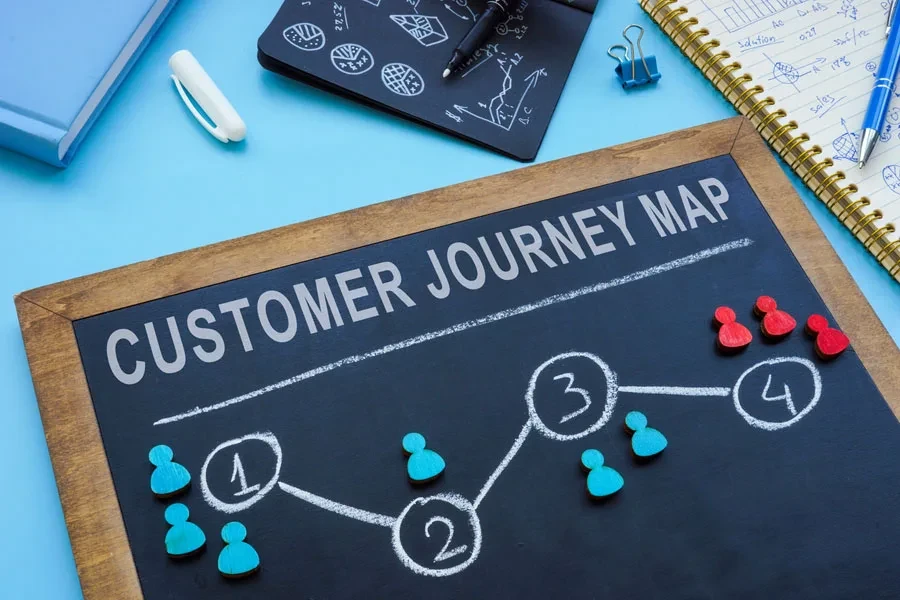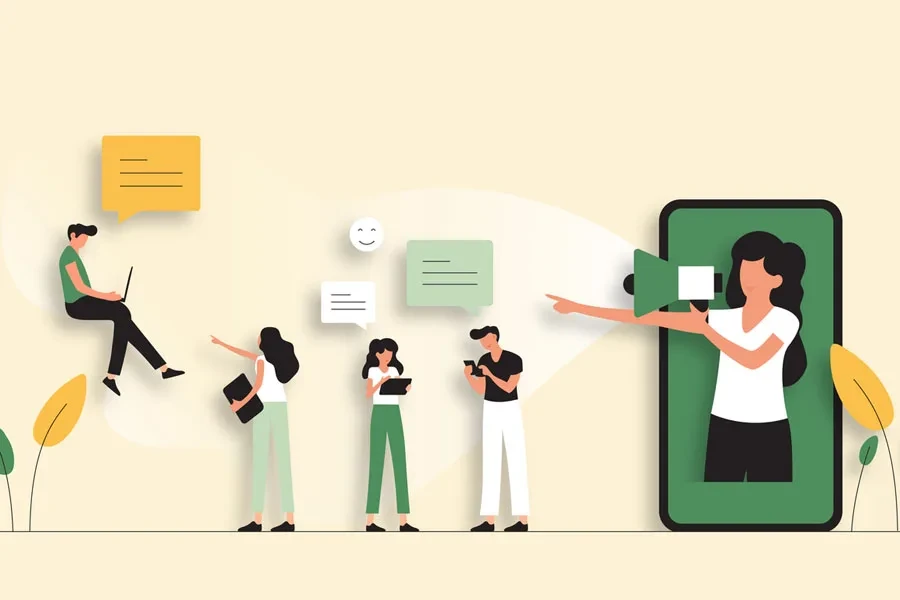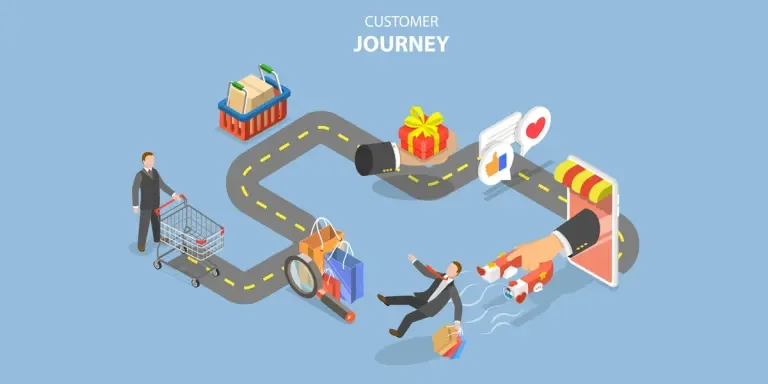Delivering better customer experiences is key to the success of any business. How you handle your customers has a major impact on the quality of your product and service delivery, retention rate, and return on investment (ROI).
Meanwhile, a bad experience discourages customers, often leading to reduced customer loyalty and high customer churn. A customer experience report by PWC with 15,000 respondents found that 1 in 3 consumers agreed that they would disengage with a brand they love after one bad experience. In addition, 92% of consumers would completely abandon the company after two to three negative experiences.
Therefore, getting your customer’s experience journey right is vital. To determine what a good customer experience encompasses, this article will unveil the customer journey stages and help you understand their significance for your bottom line.
Table of Contents
What is a customer journey?
5 customer journey stages
Conclusion
What is a customer journey?

The customer’s journey refers to the steps customers take before purchasing or subscribing to your product or service. On top of being a buyer or subscriber, the journey entails the customer being satisfied with what you provide, experiencing great customer support, and becoming loyal. If your products and services do not fulfill their needs, they will likely disembark on the path you worked hard to establish, as they may feel deceived or at least dissatisfied.
Therefore, providing a solution to their problem will determine whether it satisfies their goals. Additionally, it should be realistic and not exaggerated to meet customer needs at every touchpoint with your business.
Once you balance these elements, it increases the chances of prospects investing in your products and services and becoming repeat clients. Up next is a detailed look at customer journey stages that offer an opportunity to provide a pleasant experience to your customers.
5 customer journey stages
1. Awareness stage

The first step is the moment of awareness, where the customer does not know of your company’s or products’ existence. At this point, the way you present your products and services to potential clients will determine whether it will have a positive and lasting effect on them. Therefore, your marketing efforts should focus on making a good first impression on prospective buyers.
Questions such as what your product is, what it does, what else your retail store or company offers, and whether your company is reliable need to be clearly defined. While these are questions likely to be asked by your target audiences, they play a big part in developing brand awareness. That’s why you need to create a customer persona so your business offerings can resonate with the right consumers.
2. Consideration stage

The consideration stage follows once the customer knows about your company and the products you provide. Here, the prospective customer shows interest, thus the need to showcase the value of your product and why it is better than a competitor’s.
You need to ask yourself simple questions like:
- Can your product add value to the consumer?
- How do your product’s features and pricing compare against competitors?
- What is the unique selling point that convinces buyers to rule out a competitor and choose you?
Therefore, you need to provide a lot of educational content to customers to persuade them to commit to your business. The educational content you can provide them includes comparison sheets, pricing sheets, case studies, testimonies, demo videos, sales presentations, and more.
3. Purchase stage

Once the customer makes it through the awareness and consideration stages, they become ready to make a purchase. At this phase, they have already narrowed down some options, including other brands, and want to pick their ideal product or service. All your marketing efforts will determine whether they will complete the transaction.
Here, a customer may ask questions such as:
- Is this the right product?
- Why you and not others?
- Should I check whether competitors have a better deal?
- The price is quite higher than I expected. Should I wait for a discount?
At this stage of the journey, trust issues develop, presenting an opportunity to help the potential buyer make a decision. You can provide them with social proof through customer reviews, product ratings, or recommendations to clear any doubt about your products or services. The answer to “Why you over others” should come out clearly before deciding to buy from you or take their business elsewhere.
4. Retention stage

If a customer has made it this far, it shows you are doing things correctly. Since you have the customer, it’s the right time to plan how to retain the customer.
While most salespeople believe their work is done after a customer makes a purchase, it is equally important to prioritize customer retention in the long run for passive income. In fact, retaining a customer is five to ten times cheaper than acquiring a new one.
To ensure a loyal customer base, you need to provide after-purchase support and engage with them continuously. Customers become satisfied through a great support and engagement system throughout all the key touchpoints. Meanwhile, you can track and measure customer satisfaction by conducting surveys and interviews.
5. Advocacy stage

The final stage of the customer journey is customer advocacy. In this stage, customers become your brand’s ambassadors and say great things about your products and services at work or with family and friends.
This results in word-of-mouth marketing, or social media sharing, which is basically free advertising from your product’s users. Voicing their satisfaction proves that customers are truly content with your products.
The other way people become your business’s advocates is through affiliate programs. It entails paying individuals to refer others to your company or products. However, customer referrals are the best way to drive advocacy organically since your buyers have genuine words concerning your products and services.
Conclusion
There you have it—a quick guide discussing the different stages of the customer journey. Understanding the customer journey stages is critical to improving customer experience, increasing loyalty, and gaining a competitive advantage. Remember, the customer journey is a cycle, not a linear path; thus, optimizing and improving it will keep your customers happy and coming back again.




